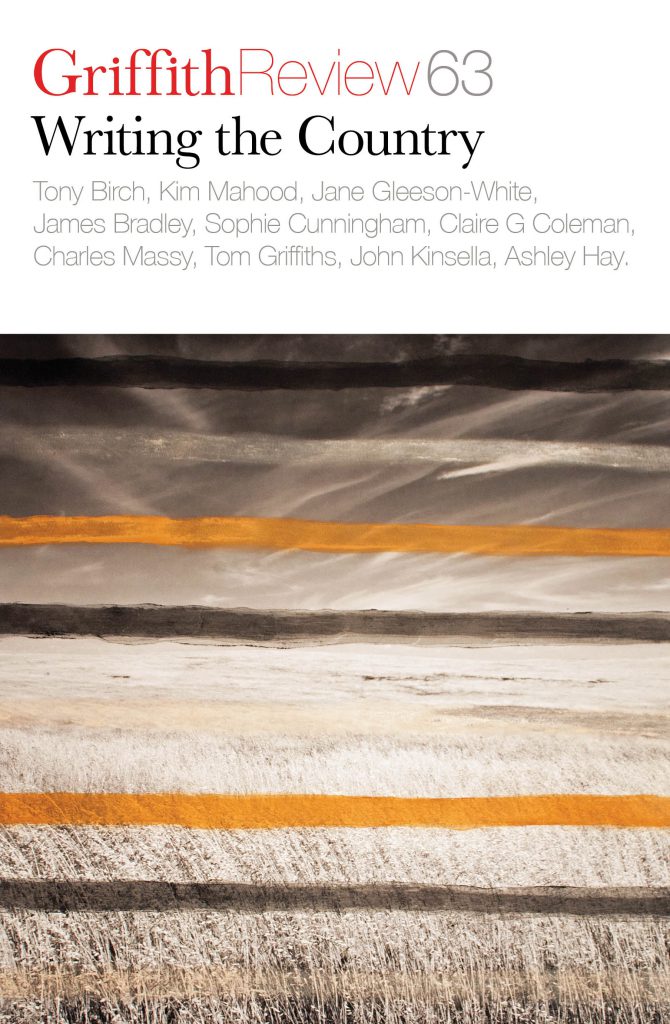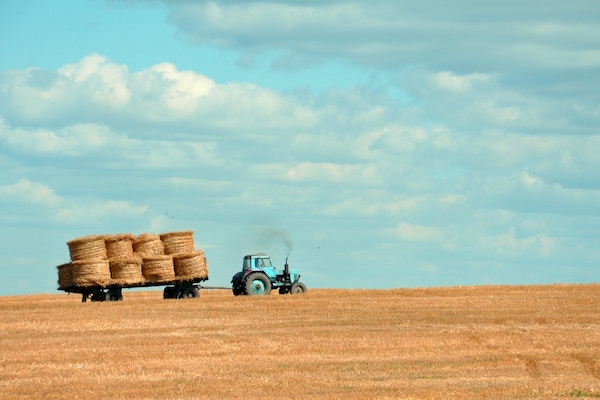It’s scary but nobody cares
Challenging Australia’s reputation for deadliness
Featured in

- Published 20190205
- ISBN: 9781925773408
- Extent: 264pp
- Paperback (234 x 153mm), eBook

Already a subscriber? Sign in here
If you are an educator or student wishing to access content for study purposes please contact us at griffithreview@griffith.edu.au
Share article
More from author

Today is already yesterday
MemoirI WAS BORN in 1983, the same year as Microsoft Word. It was also the year the first mobile phones went on sale in...
More from this edition

Valuing country
EssayIT WAS READING Alexis Wright’s novel Carpentaria (Giramondo, 2006) in 2007 that introduced me to the idea of ‘country’: land as a living being...

Transforming landscapes
EssayI stood rooted to the ground, for I realised this almost certainly would have been the first time in 150 years of degrading European management that a reed-warbler had returned to this valley. The powerful song of that small bird became a metaphor of hope for me. It was a symbol of the power of regeneration and the capacity of self-organisation in a landscape. It was a living example of what could be achieved.

could be
Media (Callerya megasperma family Fabaceae. Native wisteria.) Australian-style mimesis is native daphne, frangipani, gardenia, violet … Is Callerya megasperma, native wisteria. Is the megasperma, the big...